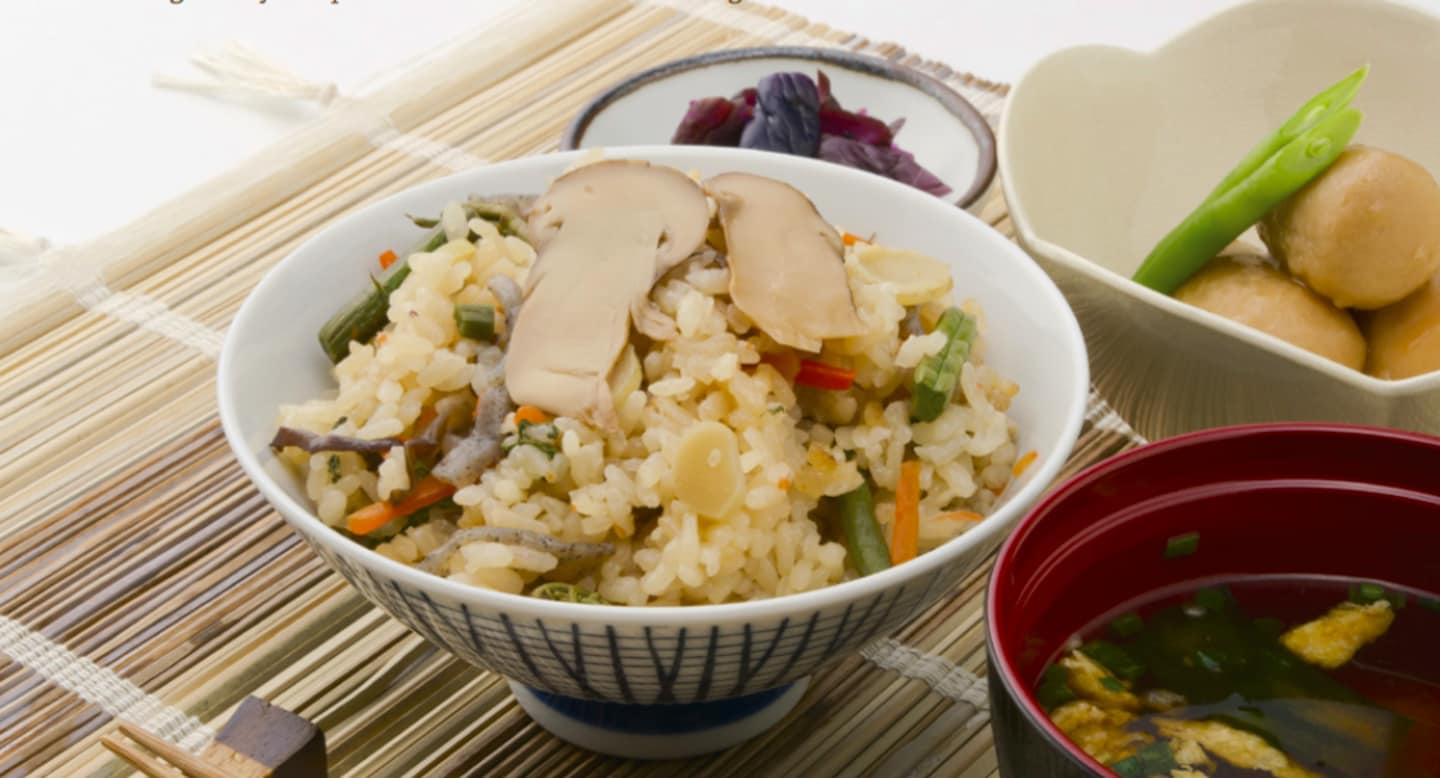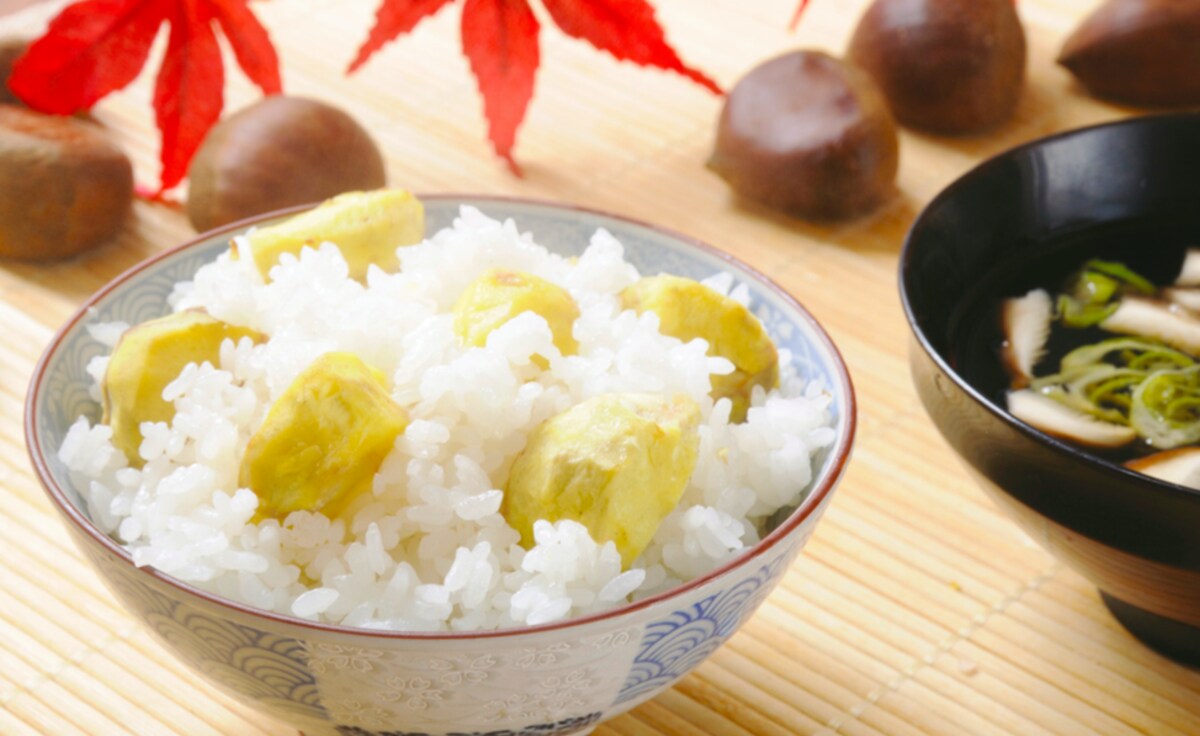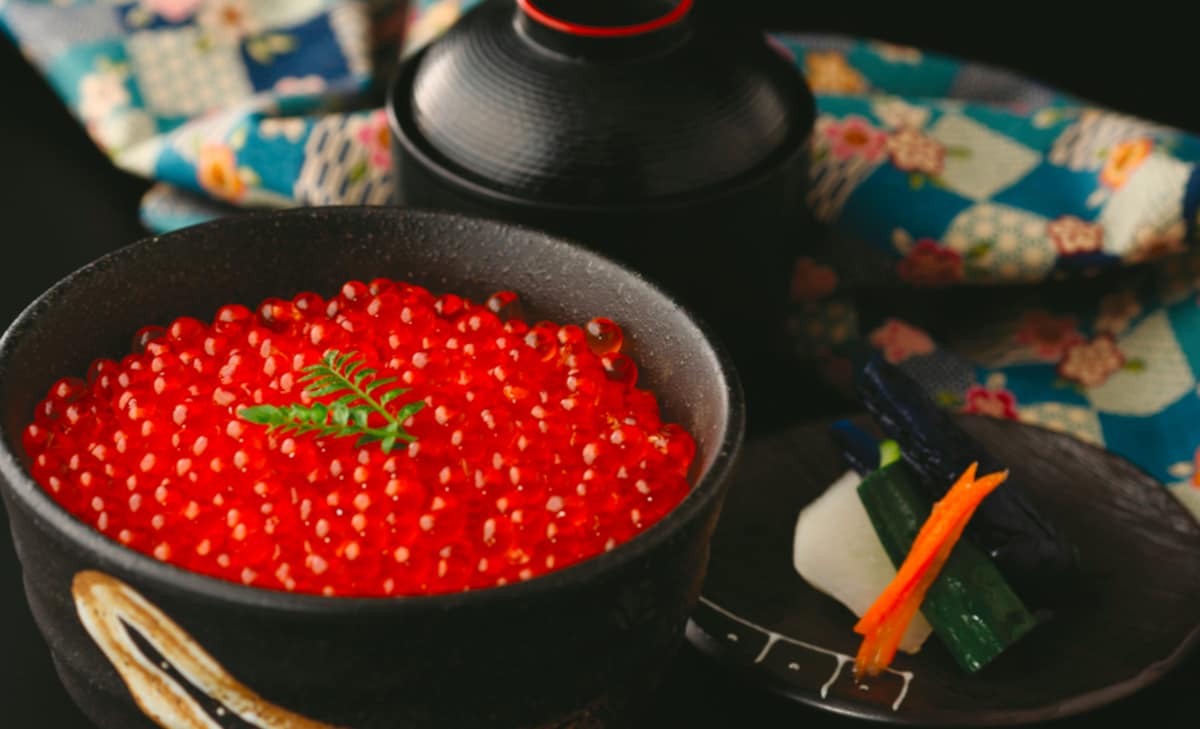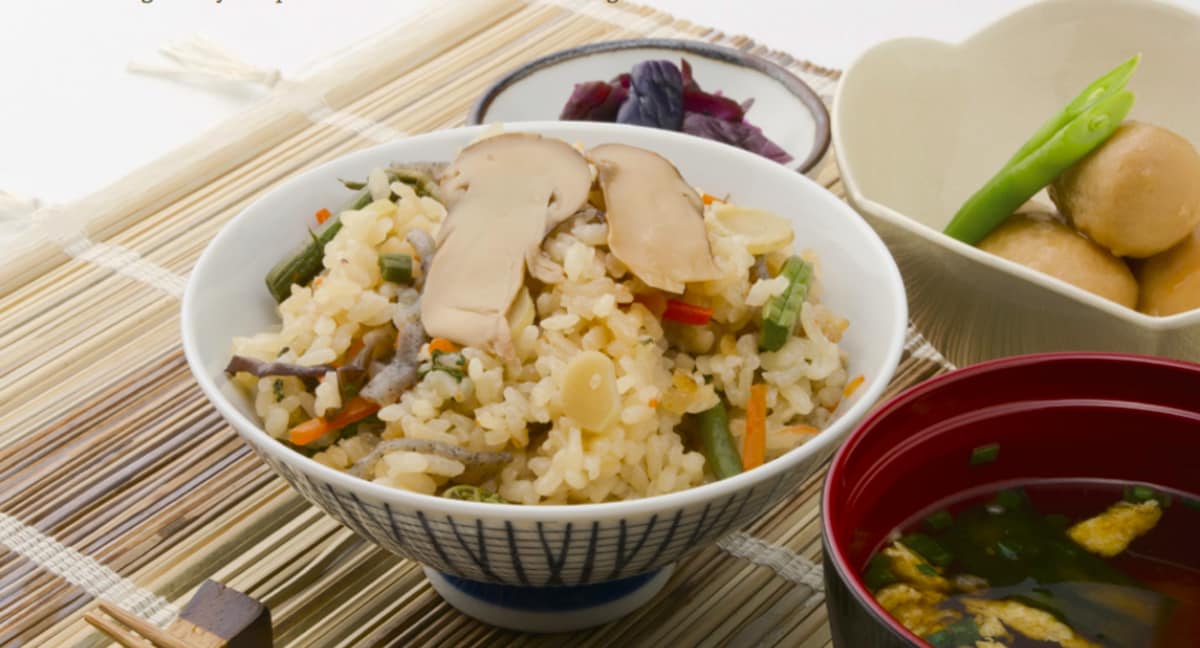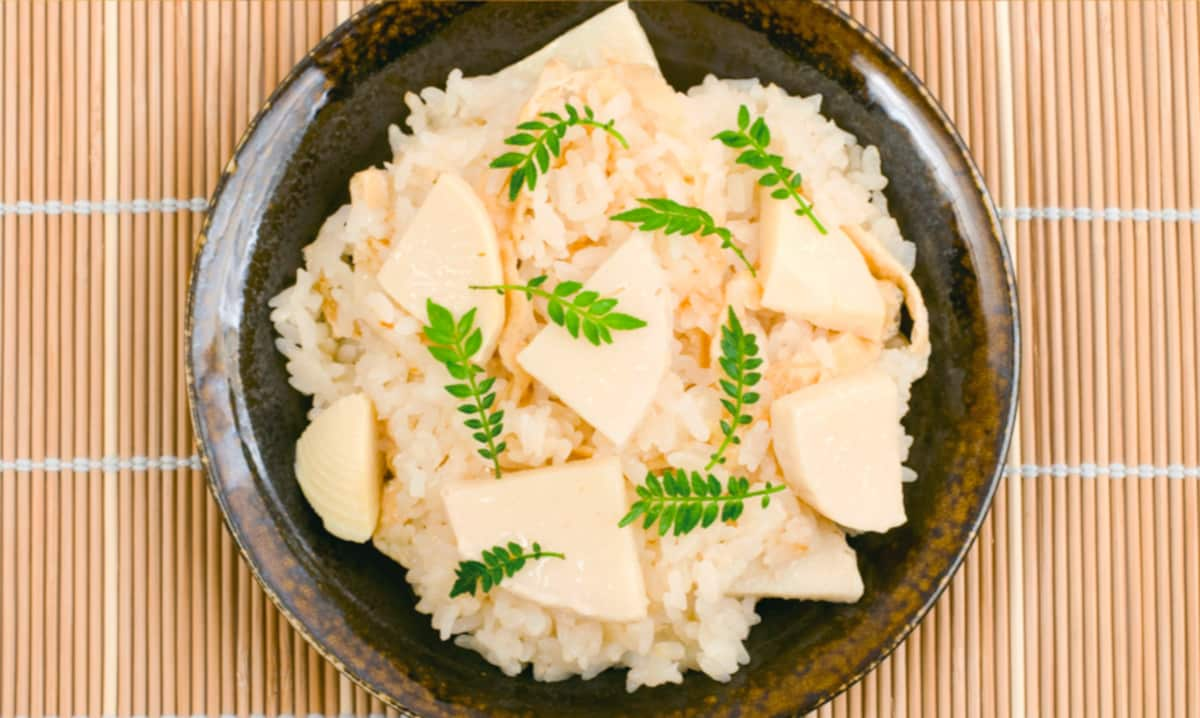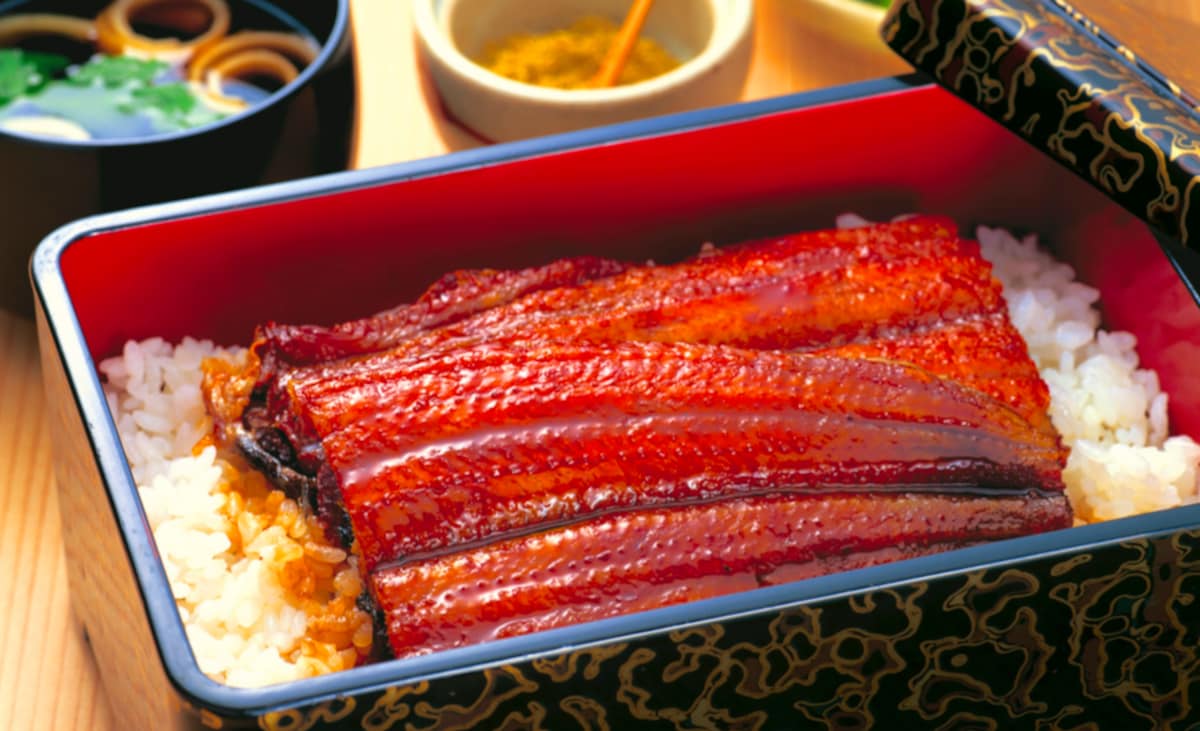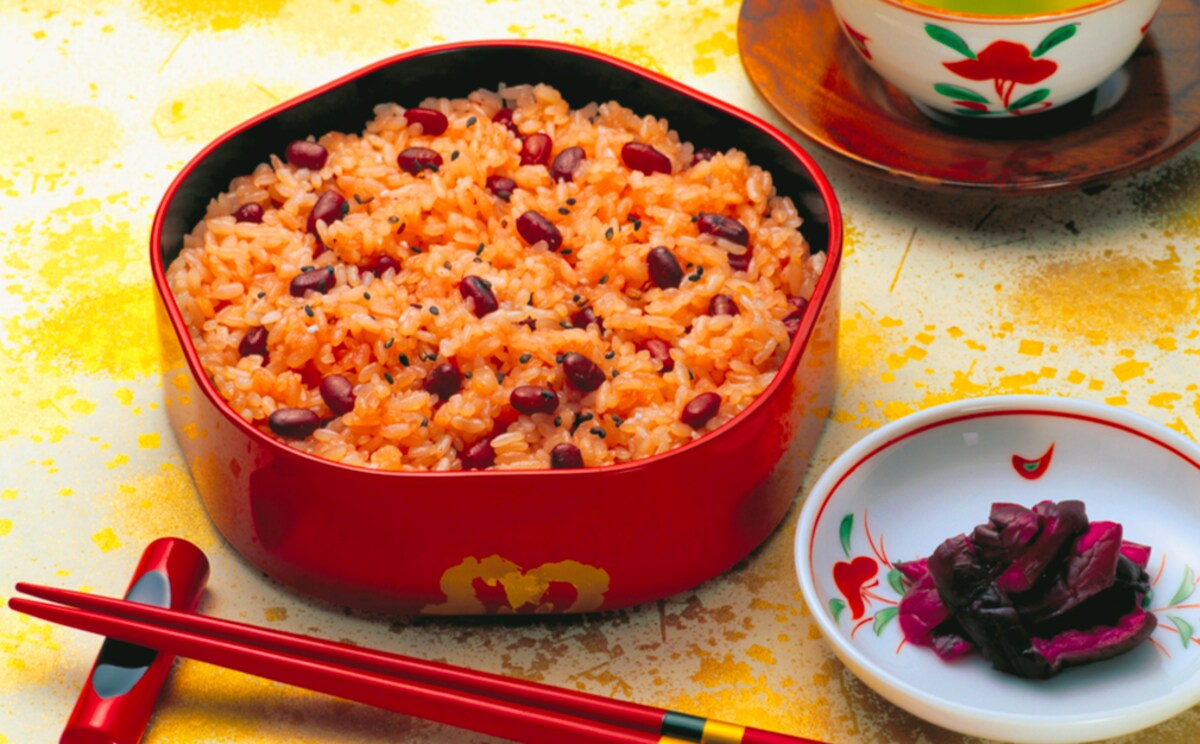6 Seasonal Japanese Rice Dishes
Rice is at the center of many traditional Japanese meals, providing a healthy staple to the Japanese diet. And here's a wonderful selection of seasonal rice meals, including many that are fantastic for both vegetarian and even vegan food lovers. Read on to delve into the core of the healthy Japanese eating lifestyle that varies with the seasons!
By Highlighting Japan6. Kuri Gohan: Chestnut Rice
In Japan, the vivid yellow foliage of the chestnut tree (kuri) makes it a colorful symbol of autumn. Many Japanese people are fond of eating chestnuts in autumn, and one of the most popular homemade dishes using them is kuri-gohan (chestnut rice).
To make this nutty, sweet and aromatic treat, first soften the chestnuts by boiling them in water for about 30 minutes, draining and cooling them for another 30, and carefully peeling off their shells and inner skins. Cook the chestnuts with the rice and some mirin (sweet rice wine), salt and sake for about 40 minutes to make the flavor really pop, and then sit down and enjoy the delicious taste of autumn!
5. Ikura-don: Salmon Roe on Rice
Ikura is salmon roe that has been pickled in salt. Hokkaido, the northernmost point in Japan, is noted for its production of this type of caviar. Ikura also features in sushi dishes, but if you want to enjoy it in a different fashion, we suggest a rice bowl—warm rice piled high and topped with lots of salmon roe.
You can add seaweed or wasabi to further enhance the flavor. The roe bursts in your mouth with a pop and has a deep, rich taste—you’re sure to become a fan of ikura with one bite!
4. Matsutake Gohan: Pine Mushroom Rice
The fall season cannot be spent without the acknowledgement—or rather, the strong aroma—of matsutake mushrooms in Japan. Matsutake are pine mushrooms that grow mainly on the roots of pine trees. According to historical records, they have a long history in Japan and have been eaten since the Nara and Heian Periods (710-1192).
One of the most eaten matsutake dishes is matsutake gohan, a mixture of this delicious mushroom and rice. Since matsutake already have a strong aroma, they are usually only lightly seasoned and often eaten with white rice. If you have not tried matsutake yet, fall is the time to do so! Why not enjoy the changing colors of nature with a bowl of matsutake gohan?
3. Take-No-Ko-Gohan: Bamboo Shoot Rice
Take-no-ko (bamboo shoots) are considered a spring delicacy in Japan. Bamboo shoots get bitter and hard the longer they grow, so it’s important to harvest them early. To further reduce the harsh flavor, the shoots are pre-boiled with rice bran to prepare them for use in other cooking.
Take-no-ko gohan (steamed rice and bamboo shoots) is a common springtime dish in Japanese households, and the shoots can also be eaten simmered (take-no-ko no nimono) or simply pre-boiled (take-no-ko no sashimi). Bamboo is known for its quick growth and high nutritional value, so it’s a great food to try in the season of rejuvenation!
2. Unaju: Eel on Rice
Unagi (Japanese freshwater eel) is rich, flavorful and full of vitamins and minerals. The eel is filleted, skewered and grilled—and in some areas steamed as well—and dipped in a mixture of soy sauce and mirin (sweet rice wine). Placed atop rice, it becomes a delectable dish called unaju.
Unaju is eaten year-round in Japan, but on the Midsummer Day of the Ox it’s customary to eat eel to defeat the fatigue summer heat brings. This practice dates back to the eighth century and is praised in Japan’s oldest poetry anthology, the Manyoshu, as a delicious way to survive the hot summer.
1. Sekihan: Red Rice
Sekihan (red rice) is a traditional Japanese dish—sticky rice steamed with azuki beans, which give the rice a reddish color and its name. Sekihan is often served on special occasions in Japan, including birthdays, weddings and holidays such as the coming-of-age ceremony. In fact, sekihan is so strongly connected with celebration that the phrase “Let’s have sekihan!” has acquired the meaning "Let's celebrate!"
It is believed that sekihan is used for celebrations because of its red color, which is symbolic of happiness in Japan. Usually eaten immediately after cooking, sekihan may also be consumed at room temperature, as in a celebratory bento (boxed lunch). Sekihan is traditionally eaten with a sprinkling of gomashio (a mixture of lightly toasted sesame and salt).


